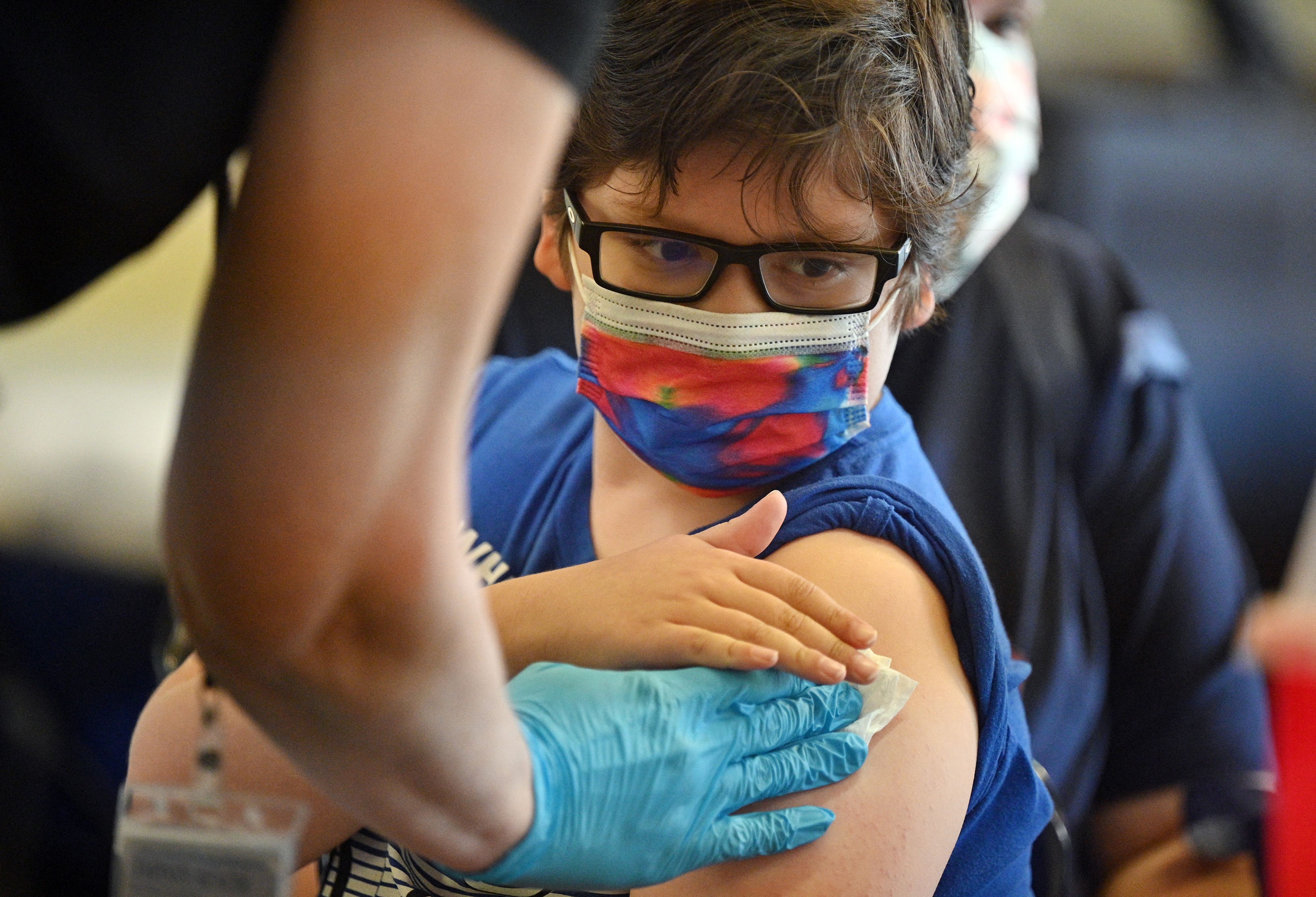Fewer young children are receiving common vaccinations, according to a new study from the U.S. Centers for Disease Control and Prevention (CDC).
Of children born in 2020 or 2021, 1.2 percent have received no vaccinations at age 2, compared to 0.9 percent of children born in 2018 or 2019 at age 2, the CDC says in the paper.
Coverage of each recommended vaccine has also dropped, said the researchers, all of whom are employed by the CDC.
Just 91.9 percent of children born in 2020 or 2021 have received at least three doses of a polio vaccine, for instance, down 1.5 percent from those born in 2018 or 2019. Influenza vaccination was down from 63.4 percent to 55.6 percent, the largest reduction recorded.
The coverage estimates were arrived at through the CDC’s National Immunization Survey, based on answers given by vaccine providers for 28,688 children. The providers sometimes provide answers for children younger than 2, prompting CDC staffers to use the Kaplan-Meier method to estimate coverage.
The CDC recommends dozens of vaccine doses for children before age 1, and additional doses in a child’s early years. That includes an annual dose of an influenza shot.
When breaking down the data by ethnicity, the study authors found that white children were most likely to have no vaccinations, with 1.4 percent having none compared to 0.9 percent of black children and 1 percent of Hispanic children. Coverage of certain vaccines, such as the full schedule of the rotavirus vaccine, was lower among minorities.
The decline in child vaccinations could stem from parents’ beliefs, according to surveys, including a 2023 Pew Research survey that found a majority of respondents with children aged zero to four believe that not all childhood vaccines are necessary.
Authorities have recorded decreased uptake for influenza vaccination among a number of populations after top U.S. health officials acknowledged they don’t work well.
The influenza shots provided sub-50 percent effectiveness in 2023.
Because insurance does not cover all vaccines, financial barriers may have also contributed to the decline in vaccination among young children, the researchers said. They recommended providers implement systems to remind parents of upcoming appointments and strongly recommend vaccination during appointments.
Limitations of the new study, published by the CDC’s quasi-journal, include responses being available from only about half of providers of children whose parents first filled out the surveys, which means there may be selection bias, the researchers said.
In a separate paper also published by the CDC’s Morbidity and Mortality Weekly Report on Thursday, researchers studying coverage of the same vaccines in U.S.-affiliated Pacific Islands found coverage of certain shots has dropped in some of the islands from 2017 to 2021, although it has increased for other shots.
In the Marshall Islands, for instance, just 26 percent of children born in 2021 were recorded as having four shots of the pneumococcal conjugate vaccine, down from 32.7 percent of those born in 2017 and a peak of 35.6 percent of those born in 2018.
On the other hand, coverage of the polio vaccine has increased from 74.5 percent among Marshall Islands kids born in 2017 to 84.2 percent among children born in 2021.














